Creating Shareable Content: Boost Engagement and Reach


Everyone wants to create content that gets shared a thousand times and grabs nonstop attention. Most people think it all comes down to luck or having the right topic at the perfect moment. But the real secret is strategy. Research shows that mapping the emotional 'jobs to be done' for your audience leads to far higher engagement and sharing. What actually sparks that viral ripple is knowing exactly who you are talking to and why they will care.
Table of Contents
- Step 1: Define Your Target Audience And Their Needs
- Step 2: Research Trending Topics And Formats
- Step 3: Develop Compelling And Valuable Content
- Step 4: Optimize Content For Shareability
- Step 5: Promote Your Content Across Multiple Channels
- Step 6: Analyze Performance And Adjust Strategy
Quick Summary
| Key Point | Explanation |
|---|---|
| 1. Clearly Define Your Target Audience | Understand your audience's needs and behaviors to create content they engage with. Use data and personas for deeper insights. |
| 2. Research Trending Topics Effectively | Identify and analyze trending topics and formats that resonate with your audience's emotions and needs for impactful content. |
| 3. Create Compelling and Valuable Content | Develop content that offers unique insights and addresses reader problems, using storytelling for emotional engagement. |
| 4. Optimize Content for Easy Sharing | Integrate social sharing buttons and create quotable, engaging content that encourages readers to share with ease. |
| 5. Promote Content Across Various Channels | Tailor your promotional strategy to fit each platform's style, using both organic and paid methods to expand reach. |
| 6. Analyze Performance and Adjust Strategies | Track multiple performance metrics to understand audience engagement and adjust content strategies based on actionable insights. |
Step 1: Define Your Target Audience and Their Needs
Creating shareable content begins with a crystal clear understanding of who will consume and potentially spread your message. Your target audience is not just a demographic statistic but a living, breathing group of individuals with specific desires, challenges, and communication preferences.
To effectively define your audience, start by conducting comprehensive research that goes beyond basic demographics. You want to uncover the psychological triggers that motivate your potential readers to engage and share content. This means diving deep into their professional roles, personal interests, pain points, and online behavior patterns.
Begin by examining existing data sources like website analytics, social media insights, and customer feedback. Research from Harvard Business Review suggests mapping out the specific "jobs to be done" by your content. What problems are your readers trying to solve? What information are they seeking? What emotional needs drive their content consumption?
Consider developing detailed audience personas that represent your primary reader segments. These personas should include specific characteristics such as professional background, content consumption habits, preferred social media platforms, and typical information-seeking behaviors. For instance, a marketing manager might prefer detailed, data-driven content, while an entrepreneur might appreciate more narrative-driven, strategic insights.
Key verification criteria that you have successfully defined your target audience include:
- A comprehensive profile of your ideal reader
- Clear understanding of their primary information needs
- Identification of the platforms where they most actively consume and share content
- Insights into their emotional and practical motivations for engaging with content
Remember that audience definition is not a one-time task but an ongoing process of refinement. As digital landscapes evolve and audience preferences shift, continuously update your understanding to ensure your content remains relevant and shareable.
To help ensure you have thoroughly defined your target audience, use this checklist of key verification criteria mentioned in the section.
| Audience Definition Checklist | Status |
|---|---|
| Comprehensive profile of ideal reader | |
| Clear understanding of primary information needs | |
| Identification of active platforms for content consumption | |
| Insights into emotional/practical motivations for engagement | |
| Audience personas developed and updated | |
| Ongoing refinement of audience understanding |
Step 2: Research Trending Topics and Formats
After defining your target audience, the next critical step in creating shareable content is identifying and researching trending topics and formats that will capture their attention. This process requires a strategic approach that combines data analysis, creative thinking, and platform-specific insights.
Begin by exploring multiple content discovery platforms that can reveal emerging trends. Tools like Google Trends, social media trending sections, and industry-specific forums provide real-time insights into what audiences are currently discussing. Pay special attention to the context and emotional drivers behind these trends, not just their surface-level popularity.
Your research should extend beyond simply identifying popular topics. You need to understand the nuanced ways different content formats perform across various platforms. Video content might dominate on TikTok, while long-form articles might be more effective on LinkedIn. Analyze the engagement metrics for different content types within your specific audience segment. This means looking at share rates, comment volumes, and the types of interactions each format generates.
The most effective trend research involves a combination of quantitative data and qualitative understanding. Look for patterns in user comments, examine the emotional tone of trending discussions, and identify the underlying needs or curiosities driving these conversations. Are people seeking entertainment, solutions to problems, or deeper insights into complex topics?
Key verification criteria for successful trend research include:
- Comprehensive list of at least 5-10 trending topics relevant to your audience
- Clear understanding of which content formats perform best for each topic
- Insights into the emotional and informational drivers behind current trends
- Potential content angles that align with identified trends
Remember that trend research is not about blindly following what's popular, but about finding meaningful intersections between audience interests, current conversations, and your unique perspective. The goal is to create content that feels both timely and authentically connected to your audience's genuine needs and interests.
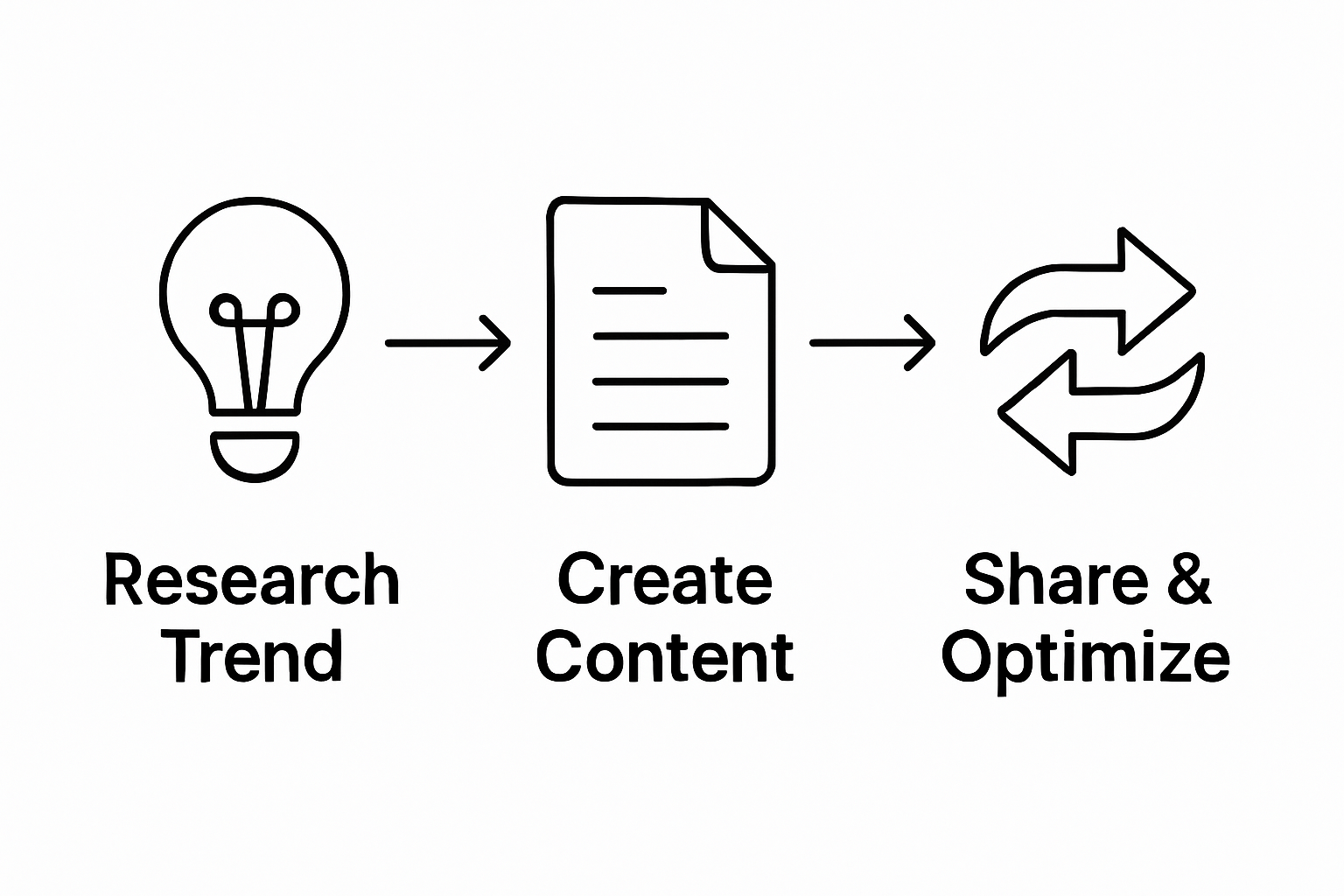
Step 3: Develop Compelling and Valuable Content
Developing compelling and valuable content transforms your research and audience insights into shareable material that resonates deeply with your target readers. This step is about crafting content that not only captures attention but provides genuine value that motivates people to share and engage.
Start by creating content that solves real problems or fulfills specific needs for your audience. Authenticity and practical utility are the core drivers of shareable content. This means moving beyond surface-level information to provide unique perspectives, actionable insights, or innovative solutions that your audience cannot easily find elsewhere. Research from Content Marketing Institute consistently demonstrates that content solving specific challenges generates significantly higher engagement rates.
Your content development process should integrate storytelling techniques that transform information into compelling narratives. People share content that evokes emotional responses - whether that's inspiration, surprise, humor, or a sense of revelation. Craft your content with a clear narrative arc that connects intellectually and emotionally with your readers. This might mean using personal anecdotes, case studies, or transformative examples that illustrate your key points in memorable ways.
Consider the visual and structural elements that enhance content shareability. Break complex ideas into digestible sections, use clear subheadings, and incorporate engaging visual elements like infographics, charts, or explanatory images. The easier your content is to consume and understand, the more likely readers are to engage and share.
Key verification criteria for compelling content include:
- Content provides a unique perspective or solution not easily found elsewhere
- Narrative structure that maintains reader engagement
- Clear, actionable insights or takeaways
- Emotional resonance that motivates sharing
- Professional yet conversational tone
Remember that compelling content is not about impressing readers with complexity, but about connecting with them through clarity, authenticity, and genuine value. Your goal is to create something so useful or interesting that readers feel compelled to share it with their own networks.
Step 4: Optimize Content for Shareability
Optimizing content for shareability transforms your carefully crafted material into a powerful viral catalyst that naturally encourages readers to spread your message across digital platforms. This step is about strategically designing your content to make sharing not just easy, but almost irresistible.
Start by integrating social sharing mechanisms directly into your content. This means adding clear, visually prominent social media share buttons that are positioned strategically - both within the content flow and at the end of your piece. Consider the specific platforms most relevant to your target audience, ensuring that sharing feels seamless and intuitive. Some platforms offer customizable share buttons that can be tailored to match your content's visual design, making them feel like a natural extension of your work.
Research from Chartbeat suggests that content with strong visual elements and easily extractable quotes dramatically increases shareability. Incorporate eye-catching graphics, pull quotes, and bite-sized insights that readers can quickly copy and share. These elements act as content micro-ambassadors, enticing readers to spread your message with minimal effort. Think of these as conversational hooks that make your content more digestible and shareable across different social platforms.Consider the technical and emotional aspects of shareability. Your content should not only be technically easy to share but also emotionally compelling enough that readers feel a genuine desire to distribute it. This means creating content that makes readers look smart, helpful, or insightful when they share it with their networks. Craft headlines that are intriguing yet clear, and structure your content to deliver immediate value that readers will want to pass along.
Key verification criteria for content shareability include:
- Social share buttons are visible and functional on all platforms
- Content includes multiple quotable, shareable segments
- Headlines are clear, compelling, and promise value
- Visual elements enhance content's share-worthiness
- Content provides immediate, recognizable value to potential readers
Remember that shareability is not about manipulation, but about creating genuine value that naturally motivates people to spread your message. Your ultimate goal is to make sharing feel like a gift to the reader's network, not a marketing tactic.
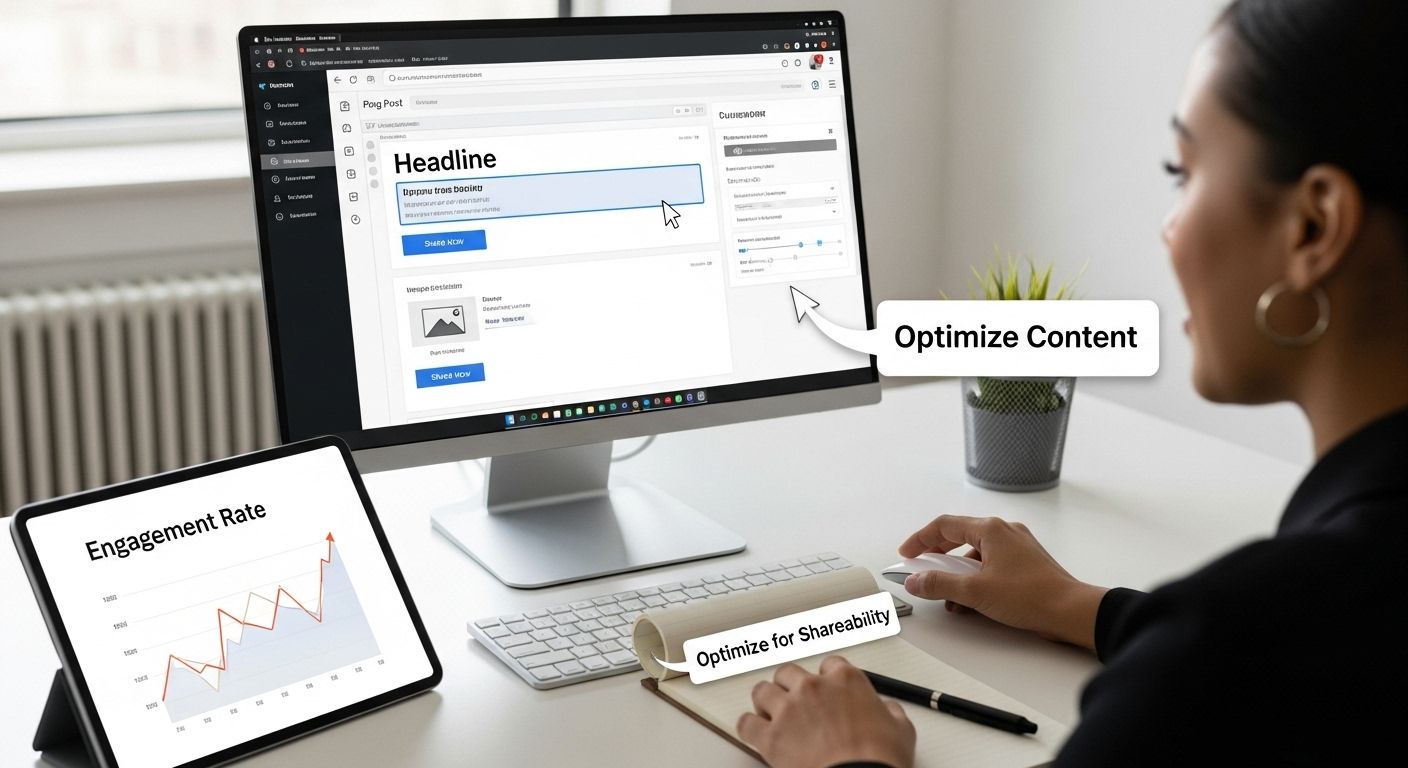
Step 5: Promote Your Content Across Multiple Channels
Promoting your content across multiple channels transforms your carefully crafted material from a static piece into a dynamic, far-reaching message that can potentially connect with diverse audience segments. This step is about strategic amplification that goes beyond simple distribution to create meaningful engagement across different platforms.
Begin by understanding that each social media platform has its unique ecosystem and audience expectations. What works brilliantly on LinkedIn might fall flat on Instagram, and content that generates excitement on Twitter could seem out of place on Facebook. Tailor your promotional approach to match each platform's specific communication style, visual preferences, and audience behaviors. This means creating platform-specific variations of your content that maintain your core message while adapting to local platform dynamics.
Research from Hootsuite reveals that cross-platform promotion requires more than just copying and pasting content. Develop a nuanced strategy that involves creating native content for each platform. For LinkedIn, this might mean a more professional, insight-driven approach. On Instagram, you'll want visually compelling graphics or short video summaries. Twitter demands concise, punchy messaging that can capture attention in seconds.Consider leveraging both organic and paid promotion strategies. Organic promotion involves sharing your content through your existing networks, engaging with relevant communities, and encouraging your current audience to spread the word. Paid promotion, such as targeted social media ads or sponsored content, can help you reach beyond your immediate network and connect with precisely defined audience segments.
Key verification criteria for effective multi-channel promotion include:
- Content is adapted to each platform's unique communication style
- Promotional strategy includes both organic and paid approaches
- Engagement metrics are tracked across different channels
- Consistent brand messaging is maintained across platforms
- Audience interaction and feedback are monitored and analyzed
Remember that successful multi-channel promotion is not about aggressive broadcasting, but about creating genuine connections. Your goal is to make your content feel like a valuable contribution to each platform's conversation, not an intrusive advertisement.
Step 6: Analyze Performance and Adjust Strategy
Analyzing performance and adjusting your content strategy is the critical final step that transforms your initial efforts into a continuously improving content machine. This stage is about transforming raw data into actionable insights that will refine your future content creation approach.
Begin by establishing a comprehensive performance tracking system that goes beyond surface-level metrics. While share counts and likes provide initial insights, you need to dig deeper into engagement patterns, audience behavior, and the actual impact of your content. Utilize analytics tools that offer granular insights into how different audience segments interact with your content, tracking metrics like time spent reading, scroll depth, conversion rates, and social sharing patterns.
Research from Google Analytics suggests implementing a multifaceted approach to performance analysis. This means looking not just at quantitative data, but understanding the qualitative context behind those numbers. Examine which pieces of content generated meaningful conversations, prompted actions, or resonated most deeply with your target audience. Pay attention to comments, direct messages, and indirect feedback that might not be captured in standard analytics dashboards.Develop a systematic approach to strategy adjustment. This isn't about making sweeping changes after every piece of content, but identifying clear patterns and trends that emerge over time. Look for consistent signals about what your audience finds most valuable. Are long-form articles generating more engagement than short posts? Do certain topics consistently outperform others? Are there specific formats or storytelling approaches that seem to capture more attention?
Key verification criteria for performance analysis include:
- Comprehensive tracking of multiple performance metrics
- Regular review and documentation of content performance
- Clear identification of top-performing content characteristics
- Actionable insights derived from performance data
- Documented strategy adjustments based on analytical findings
Remember that performance analysis is an ongoing conversation with your audience. Your metrics are telling a story about what resonates, and your job is to listen carefully and respond thoughtfully. The most successful content creators view this step not as a technical exercise, but as an opportunity to continuously improve their connection with their audience.
This table summarizes key performance metrics and strategy adjustment criteria you should track to effectively analyze and refine your content approach.
| Performance Analysis Criteria | Description |
|---|---|
| Tracking of multiple metrics | Monitor shares, engagement, time on page, etc. |
| Regular content performance reviews | Analyze and document results consistently |
| Identification of top-performing content | Pinpoint what topics, formats, or structures excel |
| Actionable insights from data | Derive conclusions for improvement |
| Documented strategy adjustments | Update and log changes based on analytics |
| Monitoring qualitative feedback | Track comments, messages, and indirect audience cues |
Transform Your Content Into Shareable Growth With Babylovegrowth.ai
You have learned how getting clear on your audience, spotting trends, and developing authentic content are key to boosting shares and engagement. Yet with so many moving parts, achieving scalable organic reach can be a major challenge. The stress of creating high-performing SEO content, finding trending topics, and maximizing shareability often slows teams down or blocks progress. If you want your content to genuinely stand out and rise to the top of Google, you need more than strategy—you need smart automation built on proven methods.
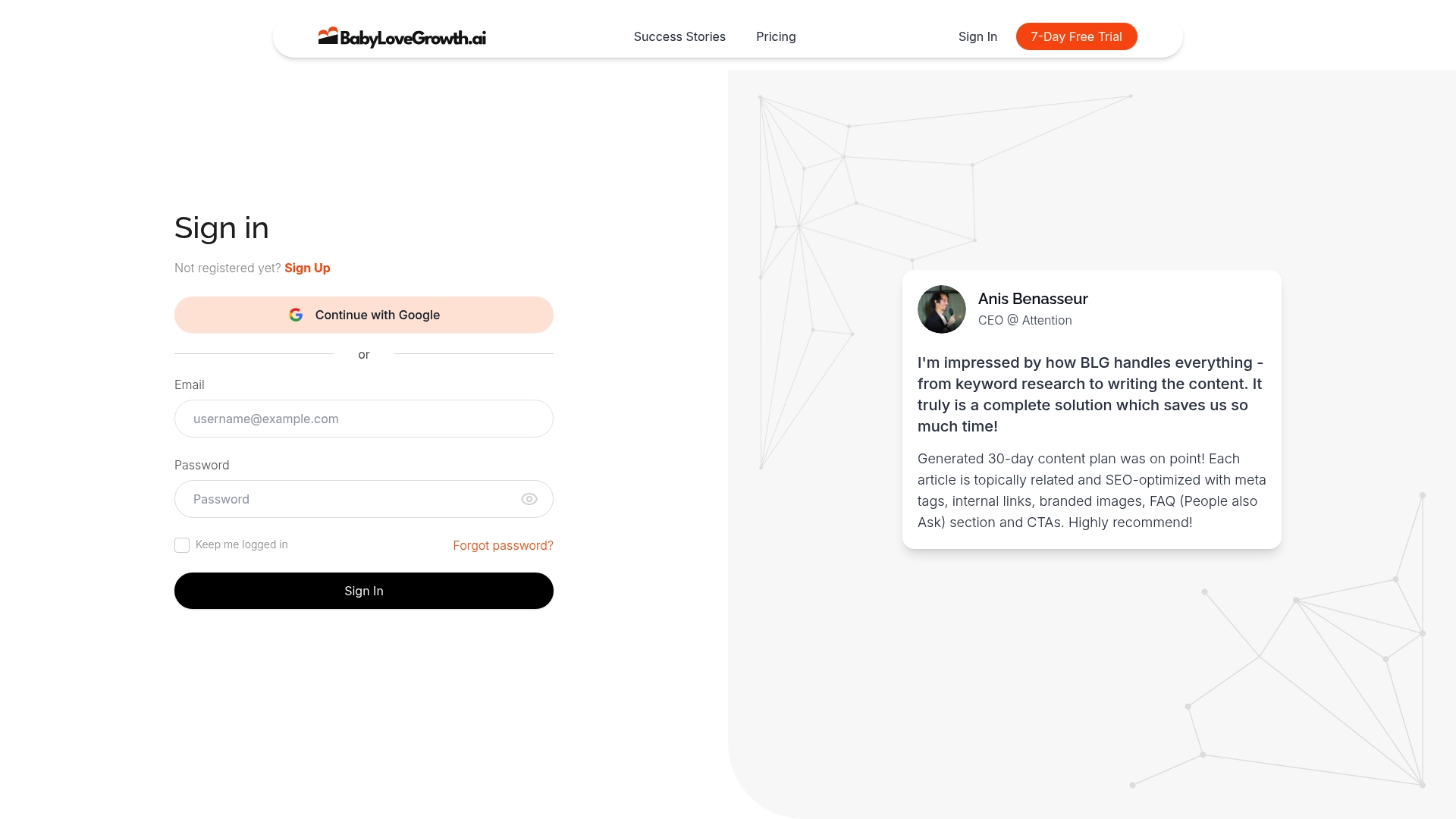
Let Babylovegrowth.ai do the heavy lifting. Our all-in-one AI-powered SEO solution helps business owners, marketers, and growth-minded professionals instantly generate high-quality articles and backlink strategies designed for shareability and ranking. Get a personalized 30-day content plan, automated business analysis, and hands-free link building so you can focus on what matters—connecting with your audience. Ready to experience content that performs and shares itself? Start your free trial today at Babylovegrowth.ai and see your engagement take off. If you want to see how easy it is to put your content growth on autopilot, explore our features now.
Frequently Asked Questions
What are the key steps to creating shareable content?
Creating shareable content involves defining your target audience, researching trending topics and formats, developing compelling and valuable content, optimizing for shareability, promoting across multiple channels, and analyzing performance for ongoing improvements.
How can I identify my target audience's needs?
To identify your target audience's needs, conduct comprehensive research including analyzing website analytics, social media insights, and customer feedback. Create audience personas that encapsulate their characteristics, information needs, and preferred platforms.
What role do emotional triggers play in content shareability?
Emotional triggers significantly influence content shareability as people are more likely to share content that evokes strong emotional responses. Understanding what emotions drive your audience can help you craft narratives that resonate deeply with them.
How can I optimize my content for better engagement and sharing?
Optimize content for engagement by integrating social sharing buttons, using clear headlines, incorporating quotable segments, and enhancing visual appeal. Ensure your content provides immediate value and resonates emotionally with your audience to encourage sharing.
Recommended
Smart SEO,
Faster Growth!
Most Read Articles
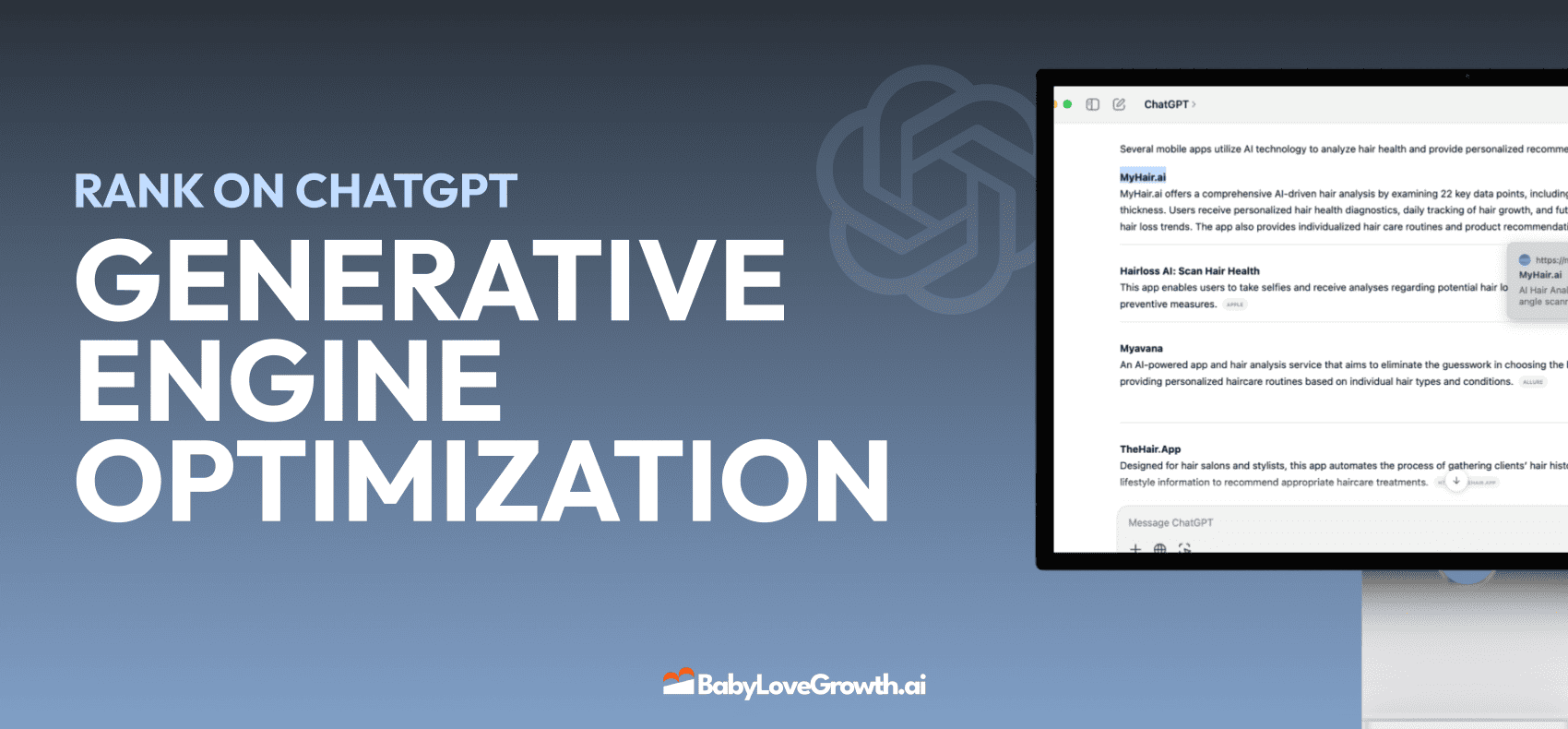
Generative Engine Optimization (GEO)
Learn how Generative Engine Optimization (GEO) helps your content rank in AI search engines like ChatGPT and Google AI. This comprehensive guide explains the differences between SEO and GEO, why it matters for your business, and practical steps to implement GEO strategies for better visibility in AI-generated responses.
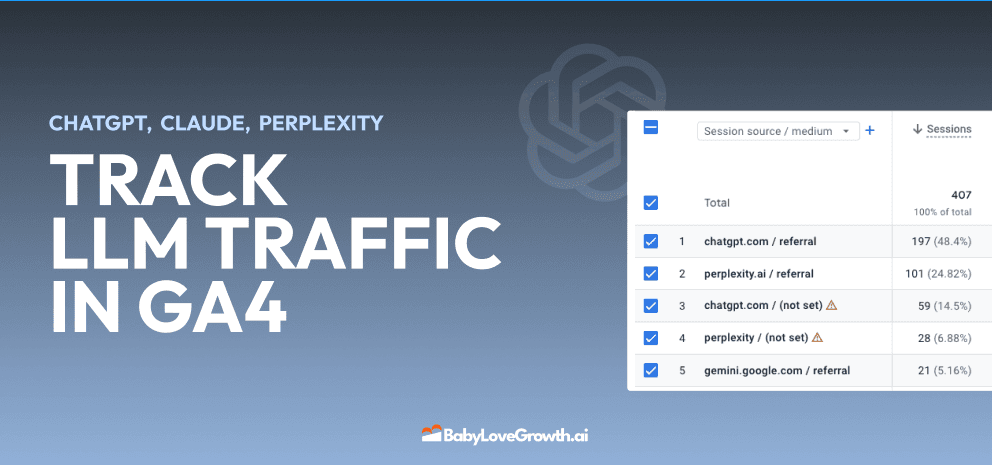
Track LLM Traffic in Google Analytics 4 (GA4)
Learn how to track and analyze traffic from AI sources like ChatGPT, Claude, Perplexity, and Google Gemini in Google Analytics 4. This step-by-step guide shows you how to set up custom filters to monitor AI-driven traffic and make data-driven decisions for your content strategy.
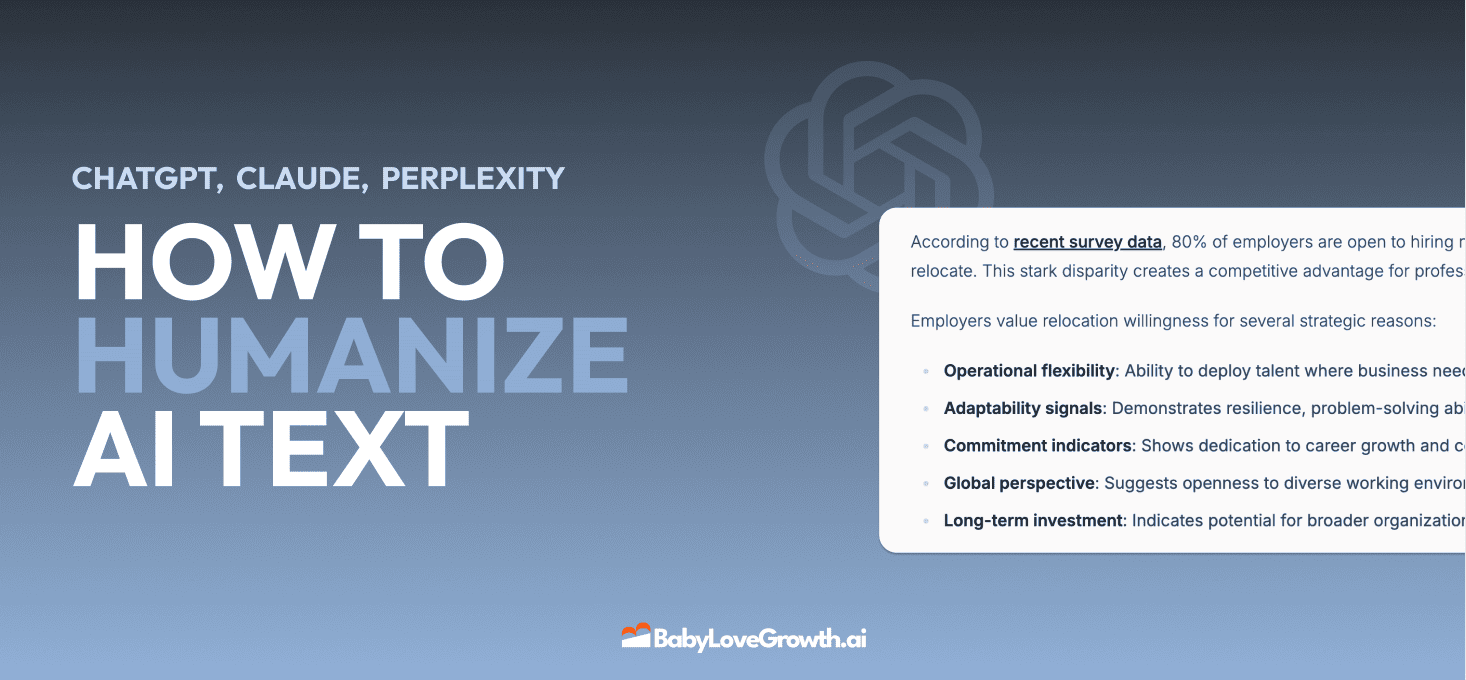
How to Humanize AI Text with Instructions
Learn practical techniques to make AI-generated content sound more natural and human. This guide covers active voice, direct addressing, concise writing, and other proven strategies to transform robotic text into engaging content.
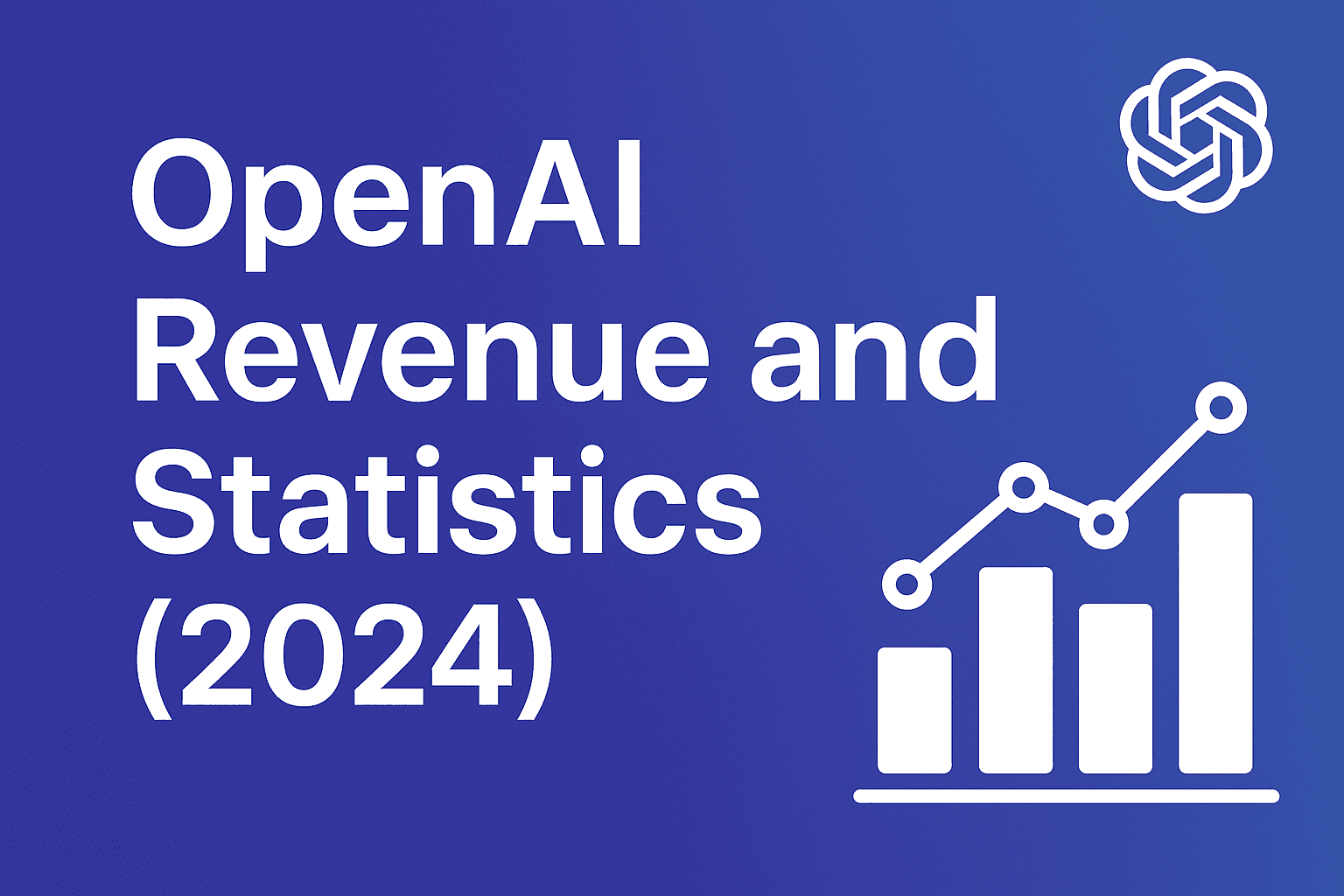
Open AI Revenue and Statistics (2024)
Comprehensive analysis of OpenAI financial performance, user engagement, and market position in 2023. Discover key statistics including $20B valuation, $1B projected revenue, and 100M+ monthly active users.